Rush Lawn Care has several applications to rid your lawn of unwanted shrub pests. See below for a brief list of some of the pests we specialize in controlling. Declare victory over your lawn by requesting a FREE estimate today!
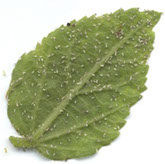
Aphids Aphids are soft-bodied insects that use their piercing sucking mouthparts to feed on plant sap. They usually occur in colonies on the undersides of tender terminal growth. Heavily-infested leaves can wilt or turn yellow because of excessive sap removal.
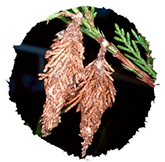
Bagworms The young larvae begin to spin silken bags around themselves which they carry as they feed. Larvae usually feed on the original plant or those nearby but very young larvae may be transported to other hosts via a long silken thread that can be carried by the wind.
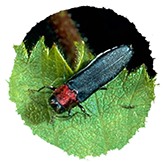
Cane Borer attack foliage, often feeding on the upper leaf surfaces during the day leaving irregular holes. Infested canes die or become so weakened they cannot support a crop the following season.
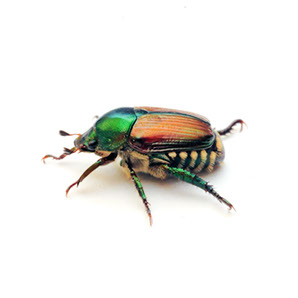
Japanese Beetle are 3/8-inch long metallic green beetles with copper-brown wing covers. Individual beetles live about 30 to 45 days. Activity is concentrated over a four to six week period, beginning in July, after which the beetles gradually die.
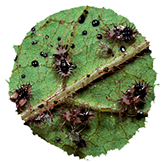
Lace Bug Lace bug species are common, but each species feeds on only one or a few closely related plants, including alder, ash, Baccharis, birch, ceanothus, fruit trees, photinia, poplar, sycamore, toyon, walnut, and willow.
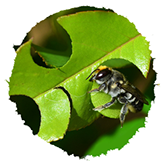
Leafcutter Bee They use cut leaf fragments to construct their nest cells. They often are essential pollinators of wild plants. However, their habit of leaf cutting, as well as their nesting in soft wood or plant stems, often attracts attention and concern.

Leaf Miner are more easily recognized by their host plant and the damage to the host plant than by the insect itself. Some leafminer maggots make serpentine tunnels that increase in size as the maggots grow. Other species make blotch mines or mines that are intermediate.

Leaf Miner Damage The blister-like blotches that appear on the leaves are where the small maggots have eaten out the tissue between the upper and lower surfaces. Damage may cover so much of the leaf that the plant is unable to function and yields are noticeably decreased.
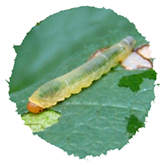
Roseslug Full-grown caterpillars are about 0.5 inch long. The head is yellow-orange and the body yellow-green. The caterpillars skeletonize the foliage by feeding on the upper layers of the leaf. Host plants are only Rosa species.
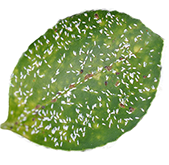
Scale infest ficus, gardenia, hawthorn, holly, and ornamental pear, pyracantha and other landscape trees and shrubs. They are a minor citrus pest. Wax scales injure plants by removing large quantities of plant sap and they produced sticky honeydew.
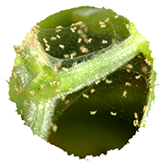
Spider Mites are common pest problems on many plants around yards. Damaged areas typically appear marked with many small, light flecks, giving the plant a somewhat speckled appearance.
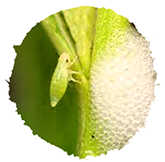
Spittle Bug Heavy infestations may stunt or kill shoots as the feeding activity clogs the tree vascular system. Black sooty mold grows on the spittle which drops onto needles and branches. This is the most common damage caused by this pest.
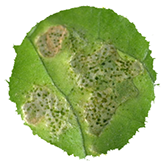
Thrip Damage Adult and larvae feed on leaves, terminals, and other tender plant parts. Ragged crinkled leaves with a silvery appearance are typical symptoms of thrips damage. Leaves usually curl upward and appear burned along edges as a result of feeding in the terminals.
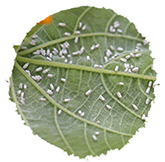
White Flies are tiny, sap-sucking insects that are frequently abundant in vegetable and ornamental plantings. They excrete sticky honeydew and cause yellowing or death of leaves.